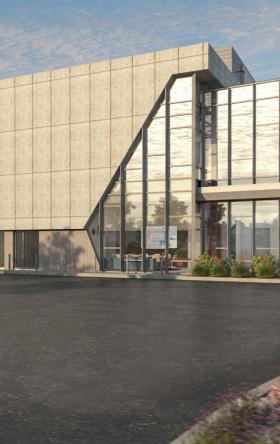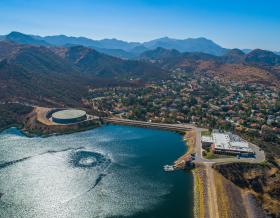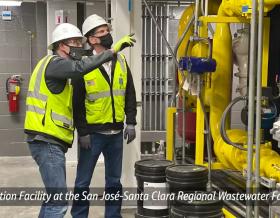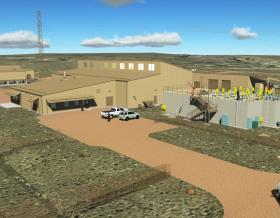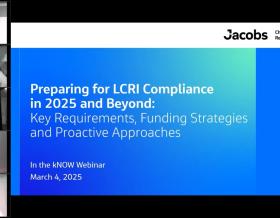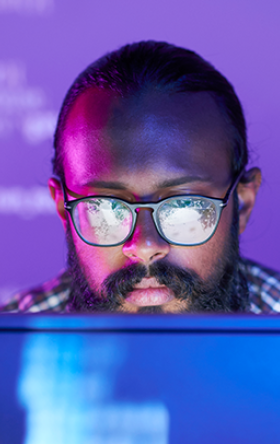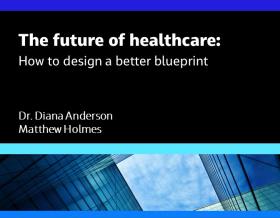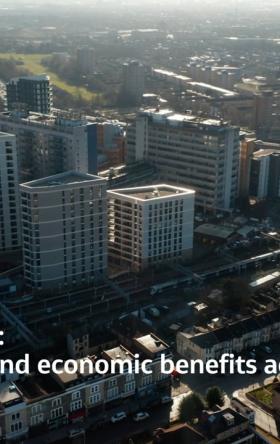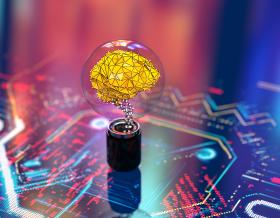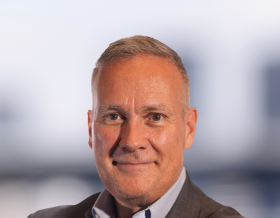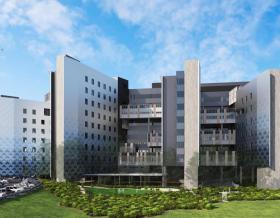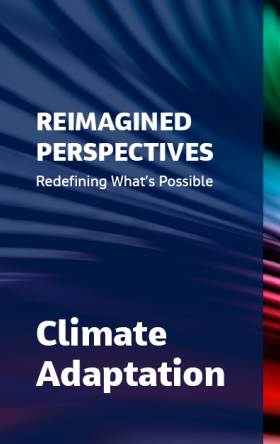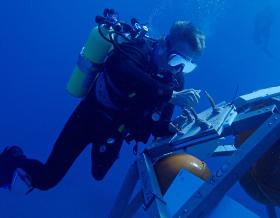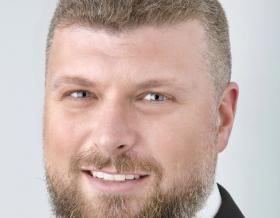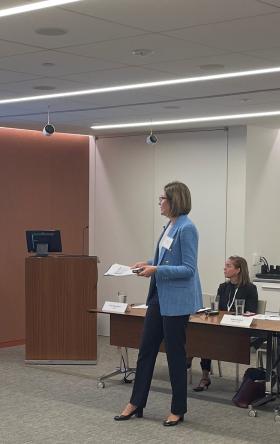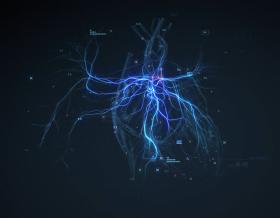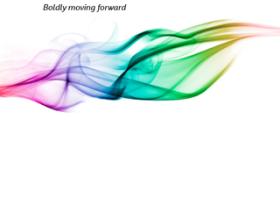
At Jacobs, we help you harness the full potential of your data and digital twin technology to unlock new opportunities and achieve sustainable growth.
By creating visual and dynamic replicas of existing or new assets and systems, you gain the ability to predict and prevent issues across the lifecycle of the asset before they occur, resulting in cost savings and improved project outcomes. With our extensive experience in engineering, data analytics and digital innovation, we deliver tangible benefits across many industries, from infrastructure development and operations to urban planning.
What is a digital twin?
By definition, a digital twin is a connected digital representation of a physical system — the real-world elements on which the digital twin is based — that unites real-time data, simulation, analytics and visualization in a federated platform, to support human and autonomous decision-making.
What we do
We work with clients to help them identify, plan for and realize digital opportunities through their projects, programs and services. Whether you’re designing a new project, looking to enhance user experience or safely explore a range of scenarios, we’ll create your own bespoke digital twin. You’ll be able to take a proactive approach to decision-making while mitigating risk and optimizing resources to improve delivery.
-

Advisory
We navigate the complexities of digital twins with you. We help you understand what a digital twin means for your organization, assessing its potential impact on project delivery, asset management and revenue. Together, we craft a unique roadmap, turning insights into action and technology into transformation and growth.
-

Design and Implementation
We turn concepts into reality through digital twin creation. Working closely with you, we develop bespoke digital twins that mirror physical assets, unlocking new levels of insight, efficiency and innovation. Your vision, materialized through our collaboration, sets the stage for a digitally empowered future.
-

Continuous Evolution
We refine and elevate your existing digital twin environment as systems and technology evolves. Through a meticulous assessment, we identify areas for enhancement, aligning with your goals and market dynamics. Our targeted improvements breathe new life into your digital assets, ensuring they continue to drive innovation, efficiency and success.
What are the most common types of digital twins?
-
Facility & Asset Digital Twins
Facility and asset digital twins are typically associated with vertical buildings and usually consist of an as-built facility BIM model with accurate representations of all maintainable assets. They typically provide access to asset information and connect to work-order management systems (CMMS) to streamline facility management. When connected to live IoT sensor systems, real-time performance data is overlayed on top of the 3D as-built model enabling other operational insights and use cases such as system performance, energy usage, asset utilization, indoor environmental quality, wayfinding, situational awareness, and many others.
-
Process Simulation Digital Twins
Process simulation digital twins are often regarded as “discrete event simulation” and are typically associated with frequently repeated process or workflow, for example in manufacturing, packaging, healthcare, or transportation, but provide immense value in any process where people and/or materials move through time and space. They are frequently used to model existing processes already in place at a facility, and test alternative scenarios to improve the current sub-optimal state. The end user can simulate the process while changing various parameters to find the workflow that yields the best result – usually the least amount of resources and time.
-
Operational Optimization Digital Twins
An operational optimization digital twin is typically associated with horizontal utility and infrastructure assets, such as water, power, and transportation infrastructure. It combines real-time IoT sensor data, historical and environmental data, synthetic data and machine learning to train physics based and data driven models to monitor the performance of various types of systems, generate insights that may lead to improved system performance, predict potential failures, and identify and test solutions to a wide range of “what-if” scenarios in a risk-free environment. It can also be used during the design phase to test the design against potential risks and failures using synthetic data.
Explore our projects
We advance digital twin technology to deliver intelligent, real-time insights—empowering organizations to plan, operate and adapt with precision, confidence and resilience across complex physical and virtual environments.
-
Jacobs partnered with PUB, Singapore’s National Water Agency, to create a water industry exemplar model: the world’s first whole plant simulation model for the Changi Water Reclamation Plant.
-
How do you help safeguard water security in a drought-plagued megacity? By working with SABESP, the largest supplier of water and wastewater services in São Paulo and harnessing a suite of digital-twin driven parametric design tools.
-
Environmental assessments and reporting processes can be complex and laborious. The answer? Creating a Digital Environmental Assessment tool and Smart Reports, like we did for the M60/M62/M66 Simister Island Interchange project — the first of its kind in the U.K.
-
Jacobs is helping Metro Vancouver develop an overall BIM strategy across their business. Looking toward an end goal of integrating BIM to increase the efficient delivery, access and use of information associated with utility assets, Jacobs has defined a phased BIM implementation roadmap. This roadmap includes short-term goals to assist in designs and facility data collection, along with longer-term goals to foster the digital transition of this information to Metro Vancouver’s existing enterprise solutions.
Read our latest news
From new project wins and milestones to reports, podcasts and industry insights, discover what we’re up to.
-
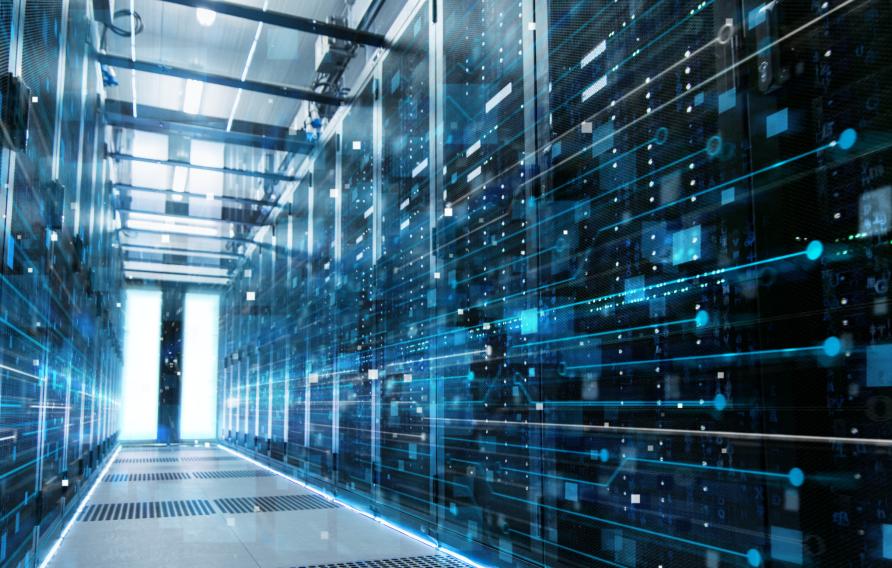 News
NewsJacobs to Optimize Data Centers with NVIDIA AI Factory Digital Twin Blueprint
Jacobs to advance data centers via NVIDIA’s Omniverse Blueprint for AI NVIDIA Omniverse Blueprint for AI factory digital twins – a blueprint to improve the design, simulation, deployment and operations of AI factories.
-
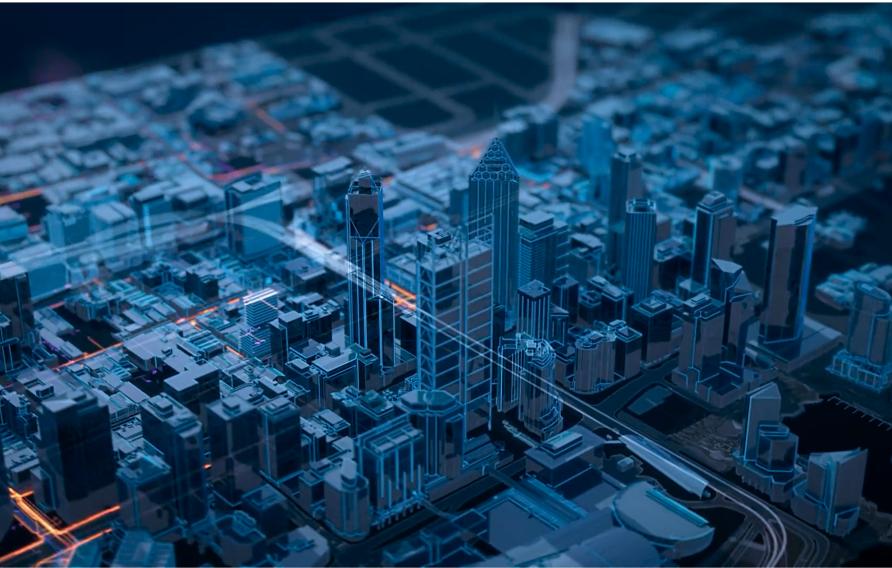 News
NewsJacobs to Deliver Digital Twin for Western Australia
Jacobs is delivering a spatial digital twin for Western Australia, helping government agencies share data, plan more effectively and build a smarter, more resilient future.
-
 News
NewsThe Role of Digital Technologies in Geospatial Intelligence: A Q&A with Priya Subramaniam
For this feature, we caught up with our Geospatial Capability Lead in Malaysia, Priya Subramaniam, to better understand the geospatial field, its relevance, her fascination with it and the transformational impact of digital technologies on geospatial innovations.
-
 News
NewsThe Criticality of Effective Program Management in the Digital Age: A Q&A with Ian Sharpe
For this feature, we caught up with Ian Sharpe, our technical director for program advisory in Australia and New Zealand, to understand the importance of program management, how it helps manage multiple projects and interdependencies effectively, and the role digital technologies play in successful program delivery.
-

 News
NewsHow Digital Twin and Analytics Improve Operations, Minimize Costs
By 2020, researchers predicted that companies using digital twins of IoT-connected assets would achieve gains of up to 25%. What if we showed you how a Jacobs-designed simulation platform is driving savings in the industrial water space using digital twin analytics to minimize resource usage?
-
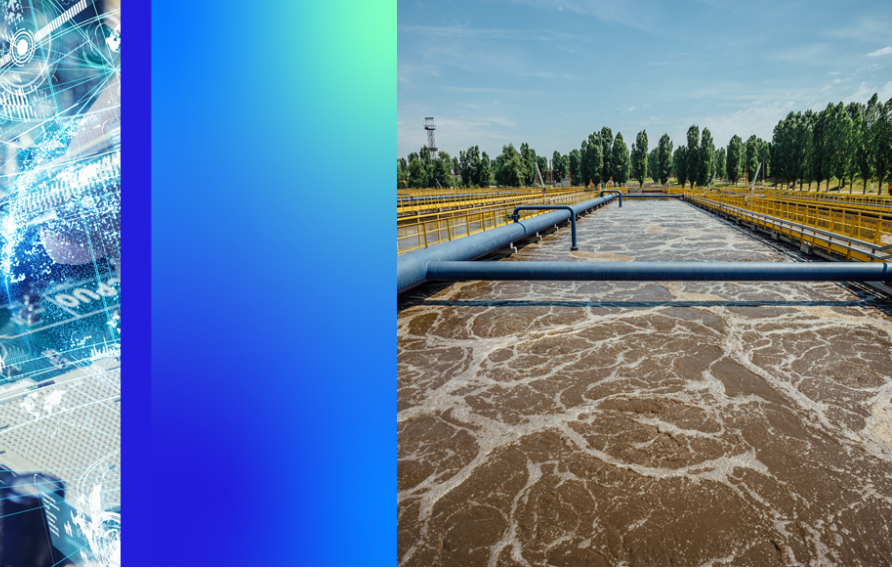
 News
NewsHow Digital Twin Models Enhanced This System’s Reliability
To stay competitive, it’s critical to understand how tools and systems will change and interact as the world around us gets more complex. What if we showed you how Jacobs’ Replica™ digital twin software helped one client visualize options to enhance its air supply system, testing and analyzing solutions to find the most reliable, cost-effective option for the future?


